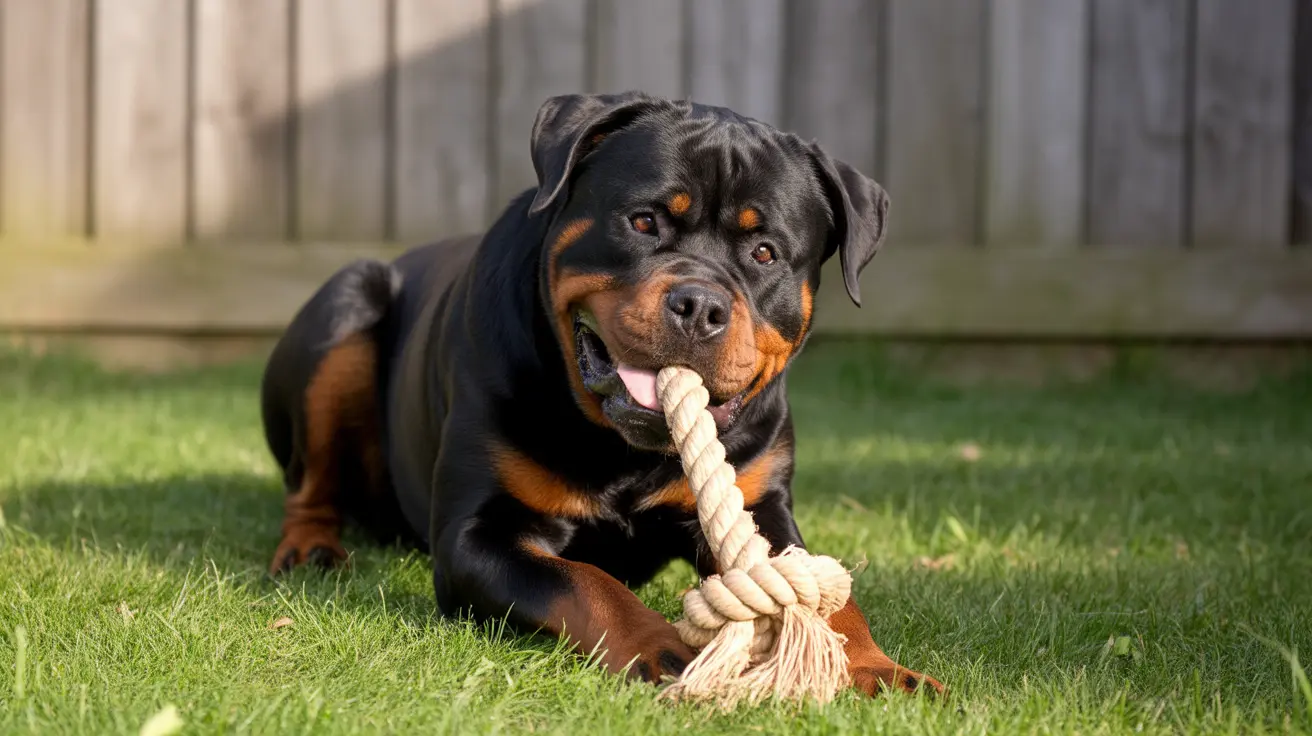Effective Strategies for Quickly Easing Separation Anxiety in Dogs
Separation anxiety in dogs is a common and challenging issue that affects pets and their owners alike. Dogs with this condition exhibit distress and anxiety when left alone, which can lead to behaviors such as
excessive barking,
destructive chewing, and
house soiling. Fortunately, there are rapid and effective methods for addressing this problem through consistent, compassionate strategies.
What Causes Separation Anxiety in Dogs?
Understanding the root causes of separation anxiety is crucial to addressing it effectively. The most common triggers include:
- Changes in ownership or environment (such as moving or adoption)
- Lack of prior socialization or prolonged absence of their owner
- Fear or trauma, particularly in rescue dogs
- Abrupt changes in routine or schedule
Some breeds, especially those bred for companionship or working roles, are more prone to anxiety. Examples include Labrador Retrievers, Border Collies, and German Shepherds.
Fast and Effective Solutions
While curing separation anxiety typically requires patience, the following methods can produce noticeable improvements quickly when applied correctly.
1. Crate Training or Safe Confinement
Using a crate or a small dog-safe room can help dogs feel secure. The space should be:
- Comfortable and cozy, never used as punishment
- Equipped with a soft bed or blanket that smells like the owner
- Introduced gradually to associate it with positive experiences
Crate training is especially effective if the dog sees it as a “den” or personal space.
2. Mental Stimulation Through Toys and Puzzles
Providing
interactive puzzles and
treat-dispensing toys reduces boredom and distracts dogs from their anxiety. Some tips include:
- Use safe, durable toys that suit your dog’s size and chew habits
- Stuff toys with treats or spreads reserved only for alone time
- Rotate toys to keep the dog engaged and interested
3. Calming Background Noise
Many dogs find comfort in background sounds. You can:
- Leave the TV or radio on during your departure
- Use white noise or calming music playlists designed for dogs
- Ensure the sound mimics a normal household environment
4. Physical and Mental Exercise
A tired dog is a calmer dog. Ensure your dog gets:
- Daily walks to burn excess energy
- Active playtime like fetch or tug-of-war before departures
- Access to a dog walker or pet sitter if you’re gone for extended periods
5. Comfort Items and Familiar Scents
Strongly-scented items help ease anxiety:
- Leave behind a T-shirt or blanket with your scent
- Arrange the bed or crate with items that make the dog feel safe
6. Calming Treats and Supplements
You can provide calming relief with vet-approved products containing natural ingredients like:
- Valerian root
- Chamomile
- L-Theanine
- Ashwagandha
- Magnolia Bark Extract
Always consult your veterinarian before administering new supplements to ensure they’re safe and effective.
7. Counter-Conditioning Techniques
This process modifies your dog’s emotional response to being alone:
- Leave for short durations and build your dog’s tolerance gradually
- Pair departures with high-value rewards
- Avoid dramatic goodbyes or greetings that highlight your absence
8. Professional Assistance
For severe cases, turn to:
- Certified dog trainers with experience handling anxiety
- Veterinary behaviorists who may recommend medication
- Calming pheromone products, like diffusers or sprays
What Not to Do
Avoid making the situation worse. Never:
- Punish your dog for crying, chewing, or accidents
- Use shock collars or other aversive devices
- Neglect the problem, hoping it will resolve on its own
Final Thoughts
There's no instant cure for separation anxiety, but a focused, loving approach can accelerate progress. The key lies in building
positive associations, establishing a
predictable routine, and
providing physical and mental outlets.
With consistency and care, your dog can feel safe, secure, and content—even when you're away.





